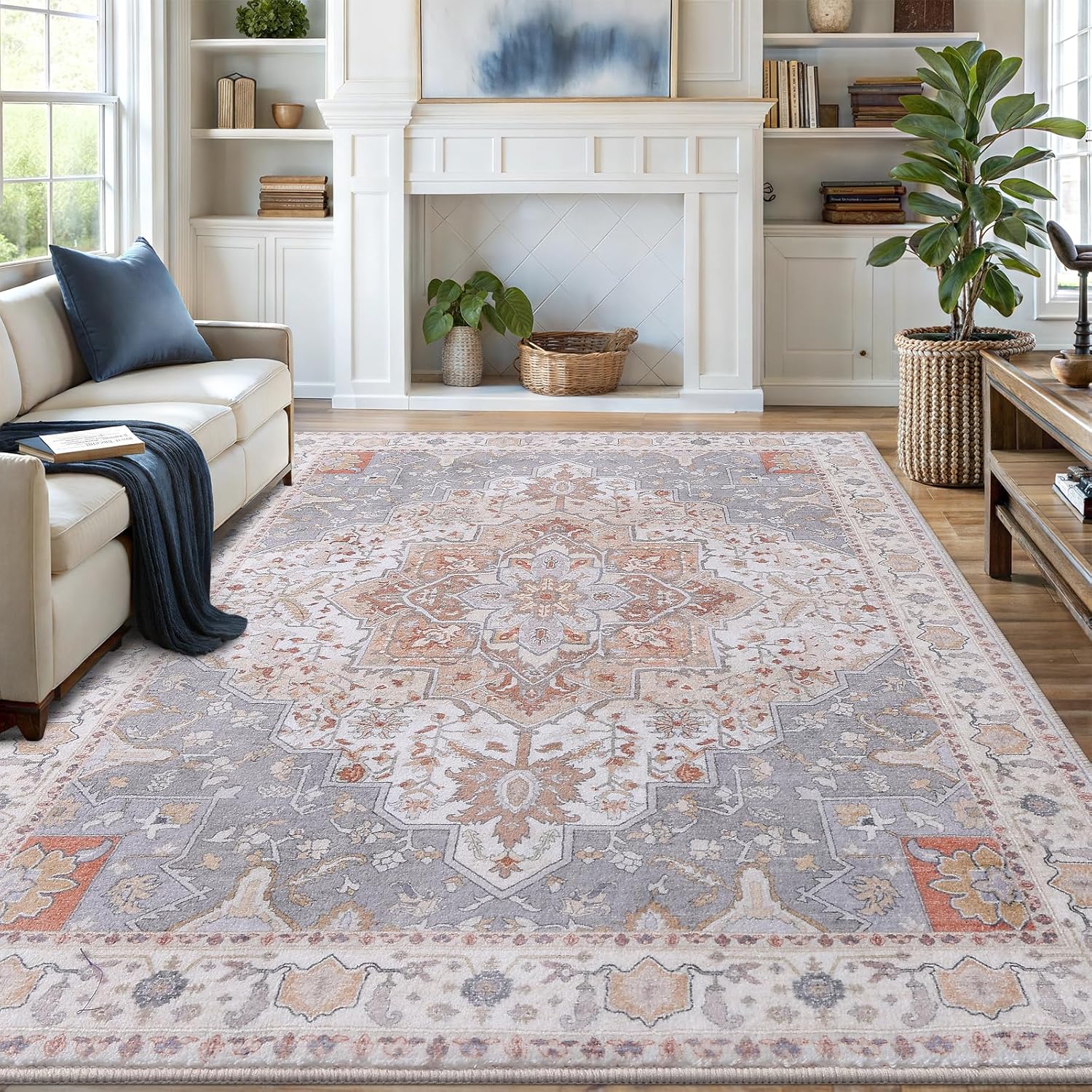Explore eco-friendly disinfecting alternatives to bleach, such as vinegar, hydrogen peroxide, and essential oils, for a safer, chemical-free home environment.
Many households rely on bleach for disinfecting, but its harsh chemicals can harm your health and the environment. Fortunately, effective natural alternatives exist that kill germs without toxic fumes or skin irritation. This guide explores the best eco-friendly disinfecting methods backed by science.

Why Avoid Bleach for Home Disinfecting?
Bleach contains sodium hypochlorite, which releases chlorine gas that can:
- Irritate eyes, skin and lungs
- Trigger asthma attacks
- Contaminate waterways when rinsed down drains
- Create toxic fumes when mixed with other cleaners
The CDC confirms bleach isn’t necessary for most household cleaning. Safer options work just as well when used properly.

Top Natural Disinfectants That Actually Work
1. Hydrogen Peroxide (3-5% Solution)
This oxygen-based cleaner kills 99.9% of bacteria and viruses. Unlike bleach, it breaks down into water and oxygen. Use full-strength from the brown bottle or dilute with water.
How to Use:
- Spray on surfaces and let sit 5-10 minutes
- No rinsing needed – evaporates completely
- Great for cutting boards, toys, and bathroom surfaces
2. White Vinegar (5% Acetic Acid)
Vinegar kills 82% of mold species and most common bacteria. For extra power, combine with other natural cleaners.
| Surface | Vinegar Solution |
|---|---|
| Countertops | 1:1 vinegar/water |
| Floors | 1/2 cup per gallon |
| Glass | Undiluted in spray bottle |
3. Essential Oil Blends
Studies show these oils have antimicrobial properties:
- Tea tree oil – kills influenza viruses
- Thyme oil – effective against E. coli
- Lemon oil – cuts through grease
Mix 20 drops per cup of water in a spray bottle. Shake before each use.
Proper Disinfecting Technique Matters
According to the American Lung Association, you should always:
- Clean surfaces first with soap and water
- Apply disinfectant and let sit (dwell time)
- Allow to air dry completely
Critical Dwell Times:
- Hydrogen peroxide: 5-10 minutes
- Vinegar: 30 minutes
- Essential oils: 10-15 minutes
Specialty Cleaning Solutions
For tough jobs, consider these targeted approaches:
Mold Removal
Mix 1 tsp tea tree oil with 1 cup water in a spray bottle. Spray on mold and leave overnight.
Grease Cutting
Combine 1/2 cup vinegar, 1/4 cup baking soda, and 5 drops lemon oil. Works great as a kitchen degreaser.
Disinfecting Laundry
Add 1 cup hydrogen peroxide to whites wash cycle. For colors, use 1/2 cup white vinegar.
Safety Tips for Natural Disinfectants
- Always test on small area first
- Never mix vinegar with hydrogen peroxide
- Store hydrogen peroxide in dark bottles
- Keep essential oils away from pets
- Open windows when cleaning
As research from David Suzuki Foundation shows, simple ingredients can effectively disinfect while being safer for your family and the planet.

